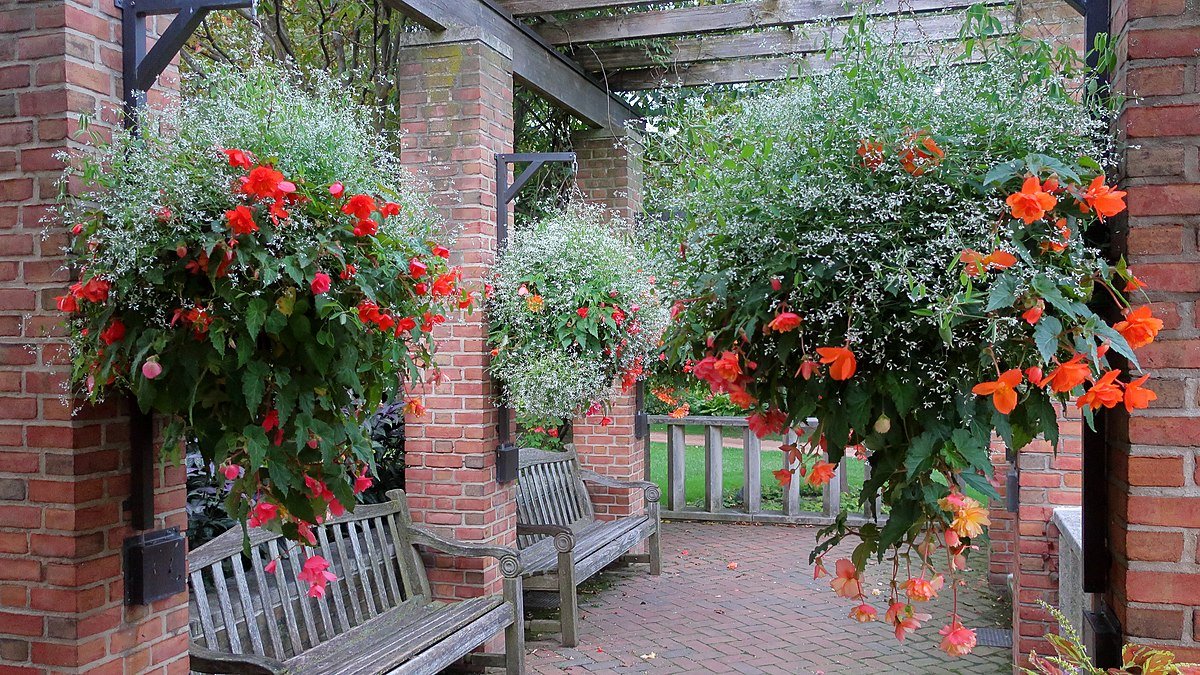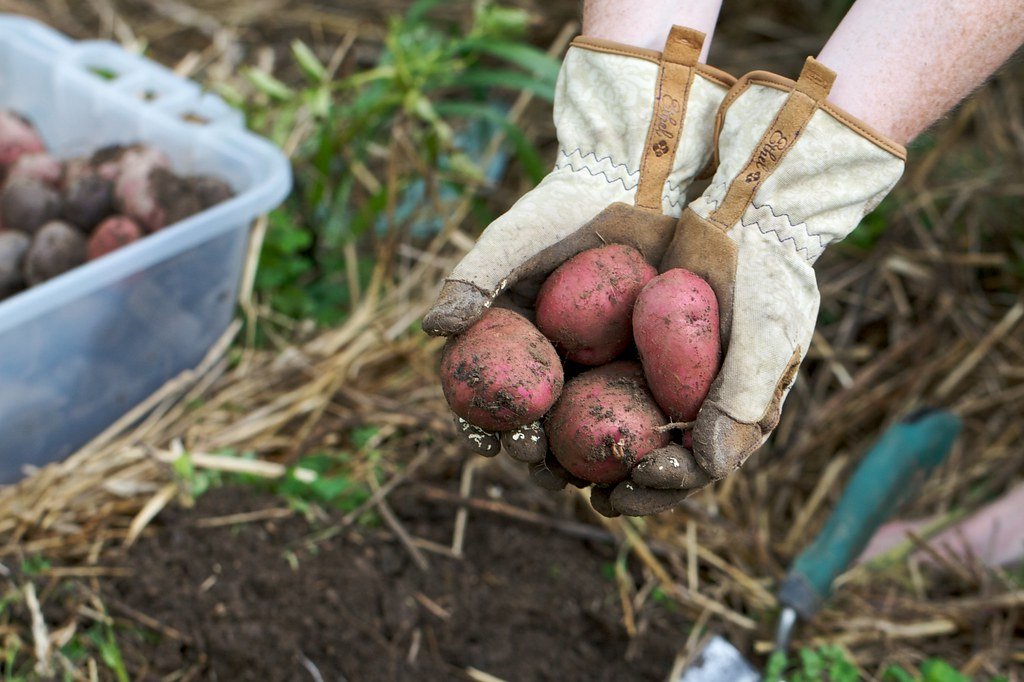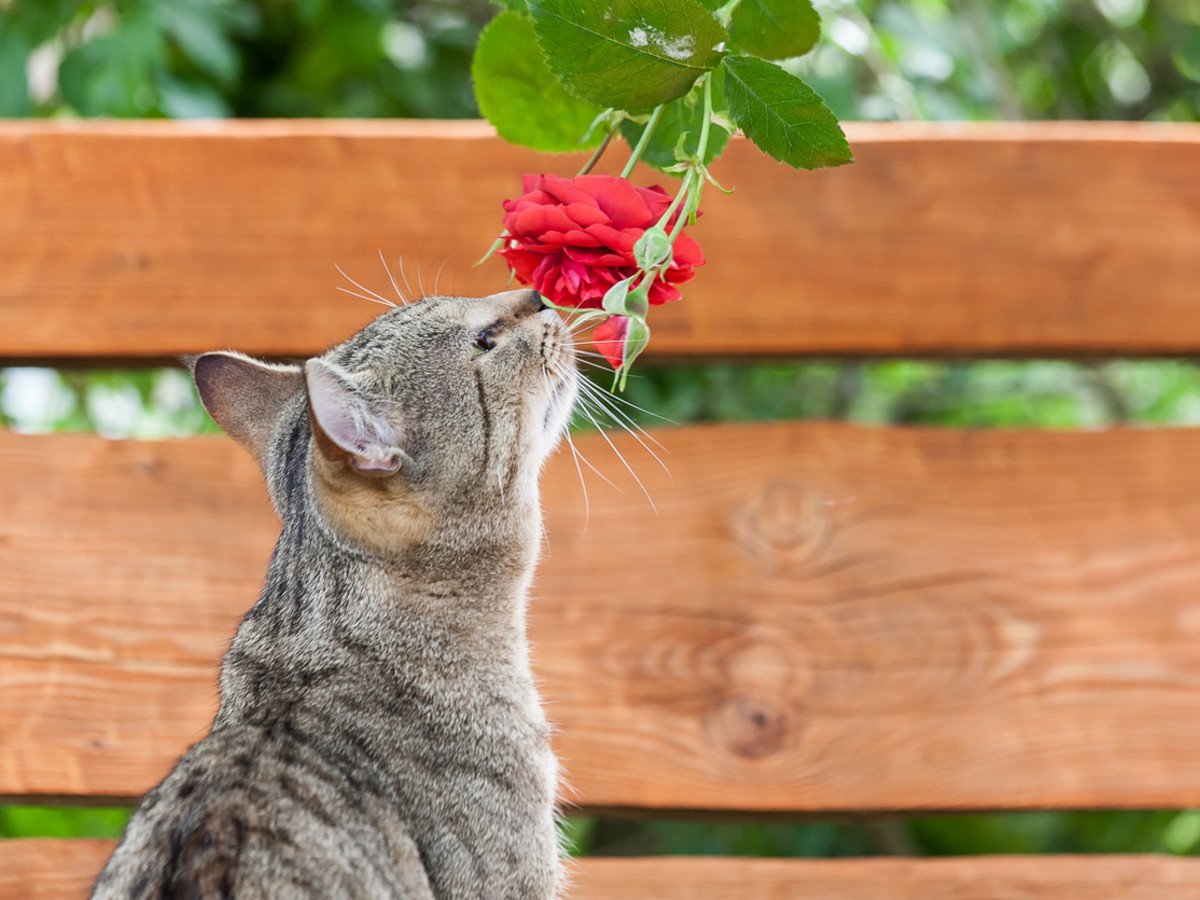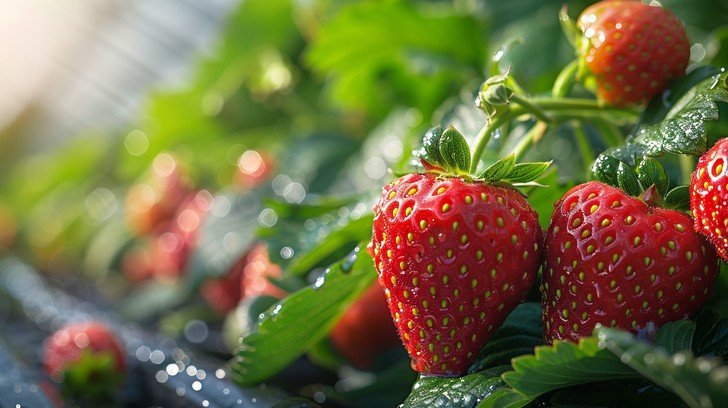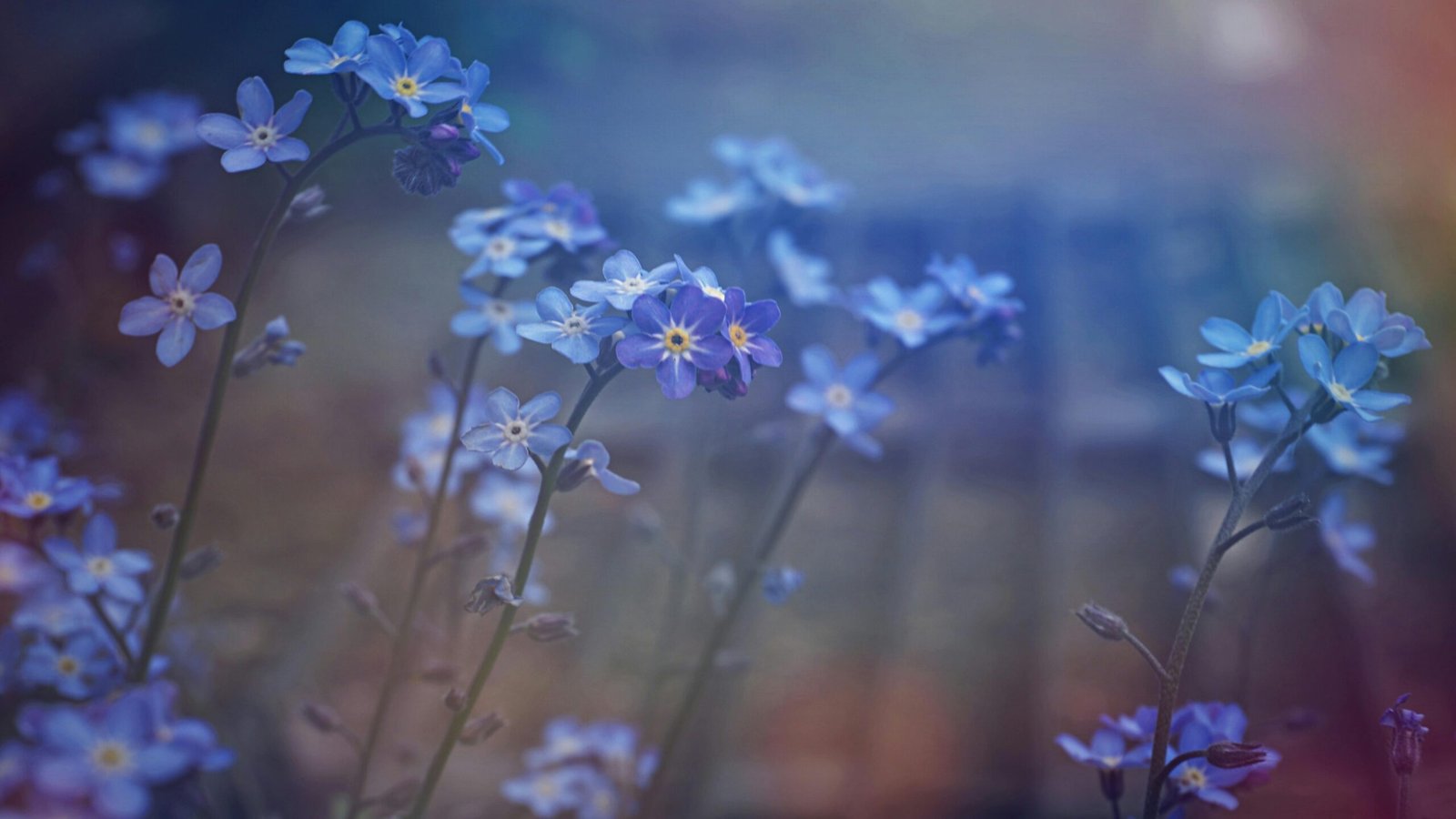The Definitive Guide to Weeping Cherry Planting and Long-Term Care
Welcome back to Garden KT, where we explore the most beautiful and rewarding additions you can make to your landscape. Among ornamental trees, few inspire the same feeling of tranquil grace as the Weeping Cherry. With its cascading branches draped in clouds of white or pink blossoms each spring, the Weeping Cherry is a spectacular focal point, drawing the eye and signaling the vibrant return of the growing season.
Achieving this breathtaking result, however, begins with the essential step of proper weeping cherry planting. Because this tree is typically a grafted specimen, its successful establishment depends entirely on correct site selection, precise planting depth, and meticulous aftercare. When executed properly, the initial weeping cherry planting process sets the stage for a long, healthy life, allowing the tree to develop its characteristic structure and generous bloom.
This comprehensive guide will serve as your complete roadmap to successful weeping cherry planting. We will delve into the critical factors—from understanding its unique growth habit to the exact steps for preparing the soil and placing the tree. By the time you finish, you will have the expert knowledge needed to ensure your Weeping Cherry doesn’t just survive, but truly flourishes, becoming the cherished centerpiece of your garden for decades to come.
Understanding the Weeping Cherry: A Grafted Beauty
Before you embark on your weeping cherry planting project, it is helpful to understand the plant’s biology, as this dictates specific care requirements. The common Weeping Cherry (Prunus subhirtella ‘Pendula’, or similar varieties like ‘Snofozam’) is not naturally weeping from the ground up. Instead, it is created through a grafting technique.
The Graft Union: The Key to Weeping Cherry Planting
A Weeping Cherry consists of two parts:
- The Rootstock: A sturdy, straight, non-weeping cherry variety (often a standard upright cherry) that provides a strong trunk and root system.
- The Scion: The pendulous (weeping) variety that is budded or grafted onto the top of the rootstock, usually at a height of 4 to 6 feet.
The point where these two parts meet is called the graft union, and its positioning is crucial during weeping cherry planting. This union must always remain well above the soil level to prevent the weeping variety from failing and to ensure the sturdy rootstock remains dominant. Understanding this unique structure is the starting point for successful weeping cherry planting practices.
Site Selection: Preparing for Weeping Cherry Planting Success
The longevity and flowering ability of your Weeping Cherry depend heavily on where you choose to perform your weeping cherry planting. These trees are long-term commitments, so careful planning is mandatory.
1. Sunlight Requirements
The Weeping Cherry demands abundant sun exposure to produce its spectacular blooms.
- Requirement: Full sun is mandatory. This means the tree should receive a minimum of six to eight hours of direct, unfiltered sunlight every day.
- Impact of Shade: In shaded conditions, the tree will produce fewer flowers, exhibit slower growth, and become more susceptible to fungal diseases like cherry leaf spot, making proper weeping cherry planting placement critical.
2. Soil and Drainage
Like all members of the Prunus family (cherries, plums), the Weeping Cherry is highly sensitive to poor drainage and compacted, waterlogged soil.
- Ideal Soil: Well-draining, moist, fertile soil is best. A loamy soil texture with a neutral to slightly acidic pH (between 6.0 and 7.0) is ideal for successful weeping cherry planting.
- The Drainage Test: Before committing to weeping cherry planting, dig a hole 12 inches deep and 12 inches wide, fill it with water, and measure how quickly it drains. If the water takes longer than two hours to disappear, the area has poor drainage, and you must amend the soil significantly or choose a different site. Adding organic matter or planting the tree in a slightly raised mound can improve drainage before beginning the weeping cherry planting process.
3. Spacing and Clearance
Account for the mature size of the tree’s canopy. While the height is controlled by the graft, the weeping branches will spread outwards.
- Avoid Structures: Plant the tree at least 10 to 15 feet away from houses, sidewalks, driveways, and underground utility lines. This distance allows for proper air circulation, which is a major factor in preventing fungal disease after the initial weeping cherry planting.
Step-by-Step Guide to Weeping Cherry Planting
The actual process of putting the tree in the ground requires precision. Follow these steps for an optimal and stable establishment.
1. Timing the Weeping Cherry Planting
The best time for weeping cherry planting is when the tree is dormant.
- Optimal Windows: Early spring (as soon as the ground is workable, but before the buds break) or late fall (after the leaves have dropped, but before the ground freezes). Planting during these periods minimizes transplant shock, giving the roots time to establish before the stress of summer heat or the demands of spring blooming.
2. Preparing the Tree
Whether you purchased a containerized tree or a bare-root specimen, proper preparation is key.
- Containerized Trees: Carefully remove the tree from its container. Use your fingers or a small hand trowel to loosen and tease out any circling or matted roots. Circling roots will continue to strangle the tree if not corrected prior to weeping cherry planting.
- Bare-Root Trees: Soak the roots in a bucket of water for at least 30 minutes to rehydrate them. Inspect the roots and prune off any that are broken, damaged, or clearly dead.
3. Digging the Planting Hole
The planting hole should always be wide but never deep. This is a critical rule of weeping cherry planting.
- Width: Dig a hole that is two to three times wider than the root ball or the spread of the bare roots. Loosening the soil in this wide area encourages rapid lateral root growth.
- Depth: Dig the hole only as deep as the root ball. The roots of the Weeping Cherry need oxygen, and planting too deep will suffocate them and lead to root rot and eventual tree death.
4. Setting the Tree Correctly
The proper positioning of the tree in the hole is the most crucial part of weeping cherry planting.
- Root Flare: Locate the root flare—the point where the main trunk widens just above the roots. This flare must sit at or slightly above the surrounding native soil level. Use a straight stick or tool handle laid across the top of the hole to verify the depth.
- Positioning: Place the tree in the center of the hole. Ensure the graft union is facing the direction you desire, considering the final cascading form of the Weeping Cherry.
5. Backfilling and Tamping
Use the native soil you removed, without amendments, to fill the hole. Amending the soil only in the hole can cause the roots to circle inward instead of growing outward into the native landscape.
- Backfill: Gently shovel the soil back into the hole, working it around the roots to eliminate large air pockets.
- Tamping: Lightly tamp the soil with your hand or the back of a shovel. Do not stomp or heavily compact the soil, as this restricts oxygen flow, defeating the purpose of proper weeping cherry planting.
6. Initial Watering and Basin Creation
The first watering is vital for settling the soil and hydrating the roots.
- Watering Basin: Create a low, circular berm (or soil ring) around the perimeter of the planting hole. This berm will help direct water towards the root zone.
- Deep Watering: Slowly and deeply saturate the planting area. This process eliminates any remaining small air pockets and ensures the roots are fully moistened.
- Outbound Link Opportunity: For more detailed, scientifically-backed information on proper planting depth and root establishment for ornamental trees, authoritative sources like the University of Florida Extension Service (IFAS) provide excellent resources on tree establishment. (Using this URL as a general example, replacing with a more specific one if available during search).
Post-Weeping Cherry Planting Establishment Care
The work does not stop once the weeping cherry planting is complete. The next two years are critical for root establishment.
1. Water Management in the First Year
The most common reason for a newly planted tree to fail is inconsistent watering.
- Consistency: Water deeply and regularly (usually once or twice a week during dry periods) during the first full growing season. The goal is to keep the soil consistently moist, not saturated.
- Drought Watch: Monitor the tree during periods of drought. If the leaves begin to wilt or curl, the tree needs a thorough, deep watering. Reduce watering frequency in the cooler fall months. Consistent monitoring is a required part of weeping cherry planting aftercare.
2. Mulching for Protection
Applying mulch is perhaps the best defense against environmental stress for a newly planted Weeping Cherry.
- Application: Apply a 2- to 4-inch layer of organic mulch (shredded bark, wood chips, or compost) around the base of the tree, extending as far out as the drip line (the edge of the canopy).
- Mulch Donut: Crucially, keep the mulch 2 to 3 inches away from the trunk itself. Piling mulch against the trunk—creating a “mulch volcano”—traps moisture against the bark, which can lead to fungal diseases, pest invasion, and root crown rot. Proper mulching protects the roots while maintaining the benefits of your initial weeping cherry planting.
3. Staking (Use Sparingly)
Staking should generally be avoided unless the weeping cherry planting was done in a very windy area or the root ball is unstable.
- When Needed: If you must stake, use flexible ties (like fabric strips) and remove them entirely after one year. Allowing the trunk to sway slightly encourages the development of strong, stabilizing wood and a stronger root system.
Long-Term Weeping Cherry Planting Care: Pruning and Health
Once established, the Weeping Cherry is relatively low maintenance, but specific pruning techniques are needed to maintain its dramatic form and overall health.
1. Pruning the Weeping Cherry
The goal of pruning a Weeping Cherry is to preserve its elegant, cascading shape and remove dead or rubbing wood.
- Timing: Like all Prunus species (stone fruits), the Weeping Cherry is susceptible to disease, particularly Silver Leaf Disease. To minimize risk, prune only in the summer (June to August), immediately after the flowering season is complete. Pruning in the dormant season (winter) leaves the cuts vulnerable to airborne fungal spores.
- What to Cut:
- The Uprights: Immediately remove any vigorous, straight, vertical growth (suckers) that emerge from below the graft union, or from the main trunk. These are the aggressive rootstock trying to take over. Failure to remove these will destroy the weeping form.
- Old Wood: Thin out overly dense, tangled branches, especially those rubbing together.
- Height Control: To control the overall height of the weeping curtain, trim the weeping branches back to a healthy side branch that is weeping downward. Never simply cut the ends of the branches horizontally (heading cuts), as this causes a dense, unattractive, stubby growth pattern.
- Internal Link Opportunity: For detailed instruction on identifying and removing suckers and maintaining tree health, consult our Garden KT article on The Essential Guide to Ornamental Tree Pruning.
2. Fertilization and Soil Health
A healthy tree established through proper weeping cherry planting should require minimal annual feeding.
- When Needed: If the tree is exhibiting slow growth (less than 6 inches of new branch growth per year) or pale leaves, a soil test is recommended.
- Application: Apply a balanced, slow-release granular fertilizer formulated for trees and shrubs in early spring before growth begins. Always broadcast the fertilizer over the entire area under the canopy, not just near the trunk.
3. Pest and Disease Watch
The Weeping Cherry can be susceptible to the same issues that affect other cherry varieties.
- Pests: Look out for aphids (treat with a strong jet of water) and borers (often a sign of a stressed tree).
- Diseases: The most common disease is Cherry Leaf Spot (fungal), causing small, dark spots that eventually cause premature defoliation. Good airflow (achieved by proper pruning) and general cleanliness around the base of the tree are the best preventative measures after successful weeping cherry planting.
The Rewards of Proper Weeping Cherry Planting
The Weeping Cherry, a tree celebrated for its dramatic flair, deserves a meticulous weeping cherry planting process. From carefully choosing a sunny, well-draining site to correctly positioning the root flare and vigilantly managing water through the establishment period, every step contributes to its ability to thrive.
The cascading curtains of bloom it offers each spring are a profound reward for the gardener who takes the time to get the foundational weeping cherry planting steps correct. By understanding its grafted nature and following the right seasonal care, you ensure this elegant tree will grace your landscape with its unique beauty for generations. Your successful weeping cherry planting is the start of a beautiful, long-lasting garden feature.

